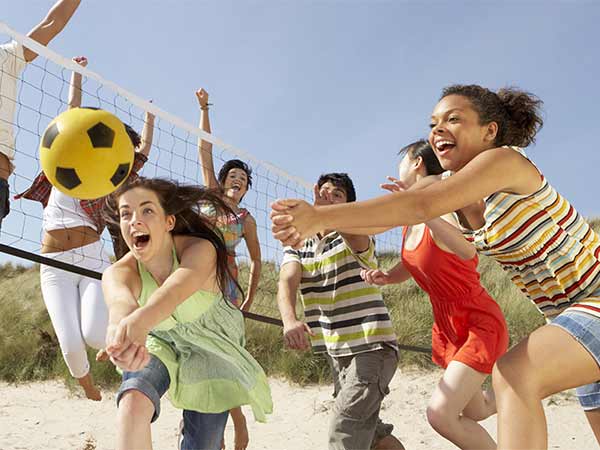Adolescents with high levels of physical activity perform better in school over two academic years
Previous cross-sectional studies have reported that physically more active children and adolescents achieve better school grades than their less active peers do, but there are few longitudinal studies on the topic.
 A newly published study showed that adolescents with higher levels of physical activity over a follow-up period of two academic years had higher academic performance than did those who were continuously inactive. Furthermore, the study showed that increased levels of physical activity do not automatically result in improved academic performance. Instead, the results suggest that those adolescents who increased their physical activity had lower academic performance during the follow-up compared to their more active peers.
A newly published study showed that adolescents with higher levels of physical activity over a follow-up period of two academic years had higher academic performance than did those who were continuously inactive. Furthermore, the study showed that increased levels of physical activity do not automatically result in improved academic performance. Instead, the results suggest that those adolescents who increased their physical activity had lower academic performance during the follow-up compared to their more active peers.
What the results mean
Highly active adolescents performed better in school compared to their less active peers. However, our results showed that increasing physical activity over a period of two academic years did not necessarily improve academic performance.
What the results do not mean
Based on our results, it is not possible to say whether physical activity improves academic performance or if adolescents with higher academic performance choose a physically active lifestyle. Therefore, no causal interpretations can be made. However, the results of the present study do not refute the findings of previous studies showing small but positive effects of physical activity on learning and its neural underpinnings.
‘The link between physical activity and academic performance do not always reflect a causal relationship. It is possible that high levels of physical activity and good academic performance share the same attributes, such as high motivation towards the task at hand,’ says Eero Haapala, postdoctoral researcher from the University of Jyväskylä.
The study investigated the longitudinal associations of physical activity with academic performance in 635 adolescents who were between 11 and 13 years old at baseline. Physical activity was assessed using a questionnaire and school grades were acquired from the school registers. Several confounding factors such as parental education and pubertal status were controlled for in the analyses.
Source: University of Jyväskylä
Full bibliographic information
Longitudinal associations of physical activity and pubertal development with academic achievement in adolescents. Journal of Sport and Health Science 2019.

